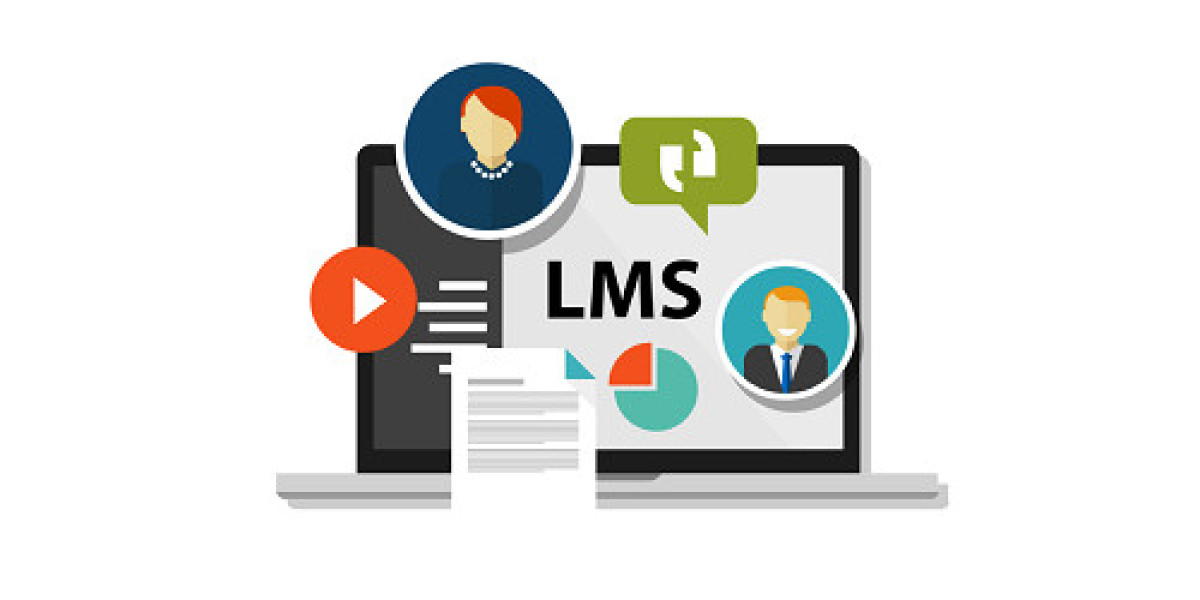Python is one of the most popular programming languages in the world, known for its simplicity and versatility. Whether you're a beginner or someone looking to enhance your coding skills, learning Python is a great step toward becoming a proficient programmer. This tutorial will guide you step by step through the fundamentals of Python programming language, helping you build a strong foundation.
Why Learn Python?
Python is widely used in various fields, including web development, data science, artificial intelligence, machine learning, and automation. It is beginner-friendly, with a clear and readable syntax that makes it an excellent first programming language. Some key advantages of Python include:
Easy to learn and use
Large community and support
Extensive libraries and frameworks
Versatility across different domains
Step 1: Understanding Python Basics
Before you start coding, it's essential to understand the fundamental concepts of Python.
1.1 Installing Python
To begin, you need to install Python on your computer. Visit the official Python website (python.org) and download the latest version. Follow the installation instructions for your operating system (Windows, macOS, or Linux).
1.2 Writing Your First Python Program
Once installed, you can start writing Python code using an Integrated Development Environment (IDE) like PyCharm, VS Code, or the default IDLE. The simplest way to get started is by writing a basic "Hello, World!" program.
Step 2: Understanding Python Syntax and Variables
Python syntax is simple and easy to understand. The language uses indentation instead of braces to define code blocks, which enhances readability. Variables in Python store data values, and they do not require explicit declaration.
Step 3: Data Types and Operators
Python supports multiple data types, including:
Integers (e.g., 10, 20, 30)
Floats (e.g., 3.14, 2.71)
Strings (e.g., "Hello, Python!")
Lists (ordered, mutable collections)
Tuples (ordered, immutable collections)
Dictionaries (key-value pairs) Python also provides various operators like arithmetic, comparison, logical, and assignment operators.
Step 4: Control Flow Statements
Control flow statements allow you to make decisions in your program.
Conditional Statements: Use
if,elif, andelseto control the flow of execution based on conditions.Loops: Use
forandwhileloops to iterate through sequences and perform repetitive tasks.
Step 5: Functions and Modules
Functions help organize code into reusable blocks, making it efficient and readable. Python also supports modular programming by allowing you to import built-in and user-defined modules to enhance functionality.
Step 6: Working with Files
Python allows you to read from and write to files using simple commands. This feature is useful for data storage and automation tasks.
Step 7: Object-Oriented Programming (OOP)
Python supports OOP principles such as classes and objects, which help in creating reusable and structured code. Understanding OOP concepts is crucial for developing complex applications.
Step 8: Exploring Python Libraries
Python has a rich ecosystem of libraries for different applications. Some popular libraries include:
NumPy & Pandas (for data analysis)
Matplotlib & Seaborn (for data visualization)
Django & Flask (for web development)
TensorFlow & PyTorch (for machine learning)
Conclusion
Python is a powerful and versatile language suitable for various applications. By following these steps, you will have a solid understanding of Python programming fundamentals. Continue practicing and exploring new Python tutorial concepts to enhance your skills and become a proficient programmer.






